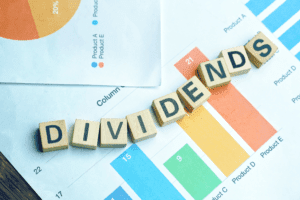
The best format is whatever people around you are most likely read and use. Most frameworks can quickly be reworked into a deck or doc to present your choice in a clear and concise way. Not every project decision needs a framework (i.e. no one should be busting out a RACI Chart to pick where to order lunch from!) However, there are a couple of ‘golden rules’ for when a framework absolutely should be employed. The PDD framework follows the same basic steps as some of the other ones we’ve covered but with a slight twist that makes it more ‘consensus-friendly’. Ask for private feedback on options including a voting system (1-5, yes/no, etc…) and a few lines of reasoning. Start with a simple chart showing your options with rows for Benefits, Costs, and Mitigations.
They used Fuzzy AHP to allocate criteria weights and Fuzzy TOPSIS to determine the most suitable location. In summary, GIS-SMCDM-based systems evaluate criteria and select optimal locations using the analytical methods presented in Table 1. These systems combine and properly weigh criteria, making it possible to compare different locations.
Research Articles
Robust Decision Making aims to make decisions that are resilient to various scenarios and potential uncertainties. It involves stress-testing decisions against different scenarios, considering worst-case outcomes, and ensuring the chosen course of action remains viable even under adverse conditions. This framework is widely used in fields where decisions must balance a range of factors, including engineering, planning, and policy-making. Originally a quality management methodology developed by Bill Smith at Motorola, Six Sigma can also be applied as a decision-making framework. This model underscores the importance of unconscious or intuitive decision-making processes.
Fewer than half of the 1,200 respondents of a McKinsey survey report that decisions are timely, and 61 percent say that at least half the time they spend making decisions is ineffective. McKinsey research has shown that agile is the ultimate solution for many organizations looking to streamline their decision making. Maybe it was this morning, when you decided to hit the snooze button—again.
The Best Decision-Making Frameworks for Project Managers: RACI Charts, S.P.A.D.E, BCM, and More!
Since it was first used at Intuit 40 years ago, the DACI framework has since been adopted and adapted by many other companies. It was originally designed to help with product decision-making but has been used for many different types of decisions since then. The driver is probably doing the most documentation and communication of anyone involved in the decision-making process. The driver is not the decision making framework only one doing work, but they are the person ensuring progress doesn’t stall and that any next steps are clear to everyone else involved. It’s slightly more lightweight than the S.P.A.D.E framework, which makes it a good option for reversible decisions. However, by putting the focus on team collaboration, it can also be used for large decisions where you want more input and consensus as possible.

